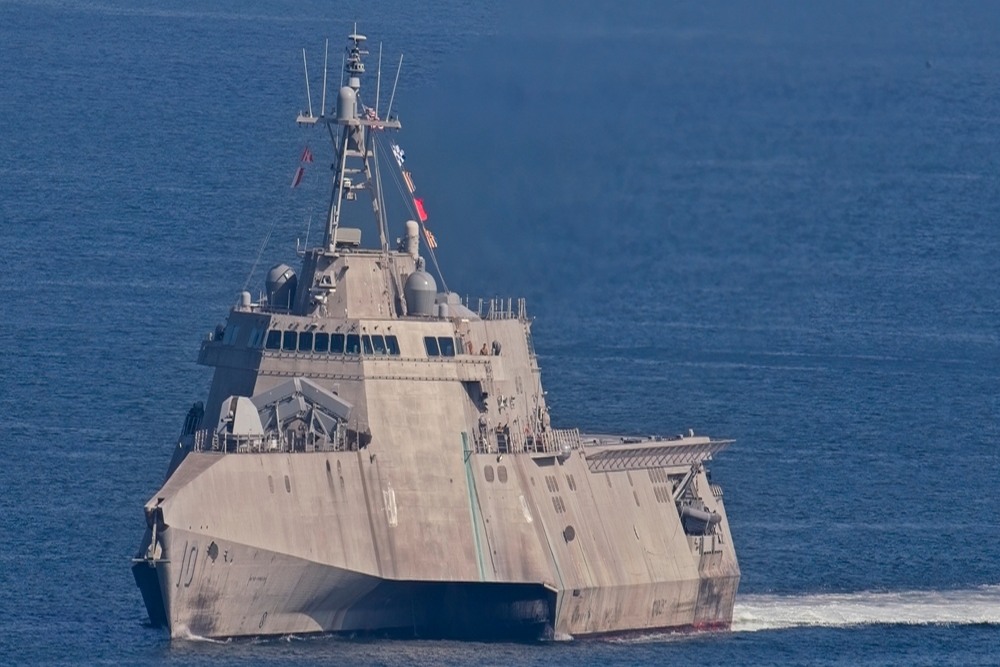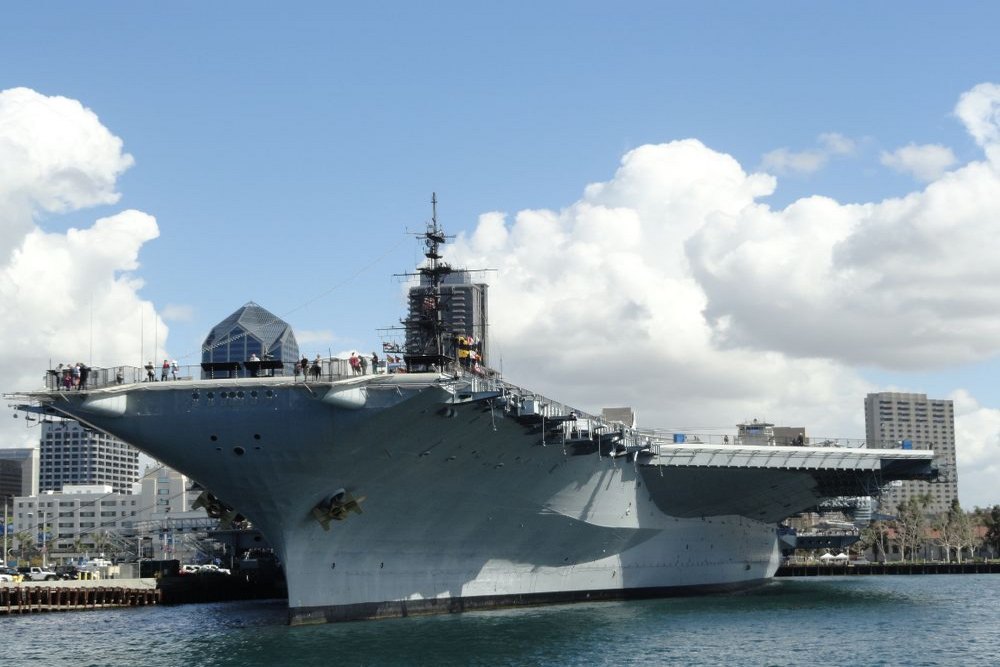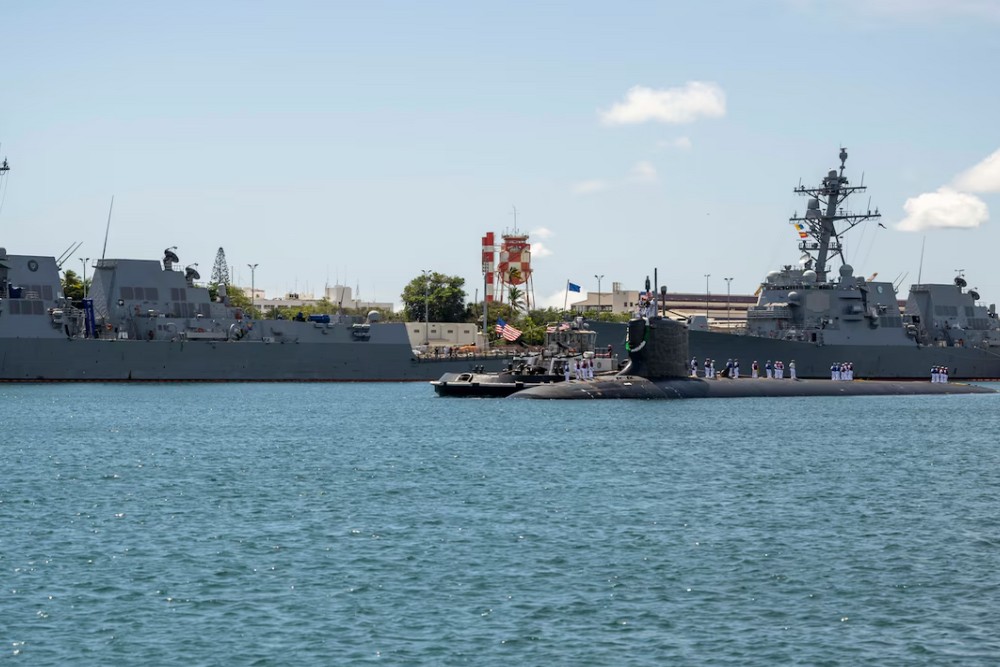Japan, U.S. Navies Conduct Bilateral Maritime Exercise
In a display of unwavering commitment to regional security and cooperation, the navies of Japan and the United States recently joined forces for a bilateral maritime exercise. This event showcased the advanced capabilities of both nations’ naval forces and Acted as a confirmation of the long-lasting alliance between the two countries. The Navy League is delighted to report on this significant development in international maritime cooperation.
A History of Cooperation:
The maritime partnership between Japan and the United States is rooted in a long history of mutual support and collaboration. It was in 1853 when Commodore Matthew Perry’s “Black Ships” entered Tokyo Bay, opening Japan to the world. Fast forward to today, and the alliance between the two nations has never been stronger.
With shared values of democracy, freedom, and security, the Japan-U.S. partnership has become a fundamental pillar of peace and stability within the Indo-Pacific region. Both nations have worked tirelessly to promote economic prosperity, strengthen security measures, and foster diplomatic ties.
The Bilateral Maritime Exercise:
The recent bilateral maritime exercise conducted in the Western Pacific Ocean exemplified the commitment of Japan and the United States to safeguarding the region’s peace and security. The exercise featured various naval operations, including anti-submarine warfare, air defense, and surface combat.
One of the key objectives of the exercise was to enhance interoperability between the two naval forces. In an era where global challenges and threats are ever-evolving, the ability to coordinate effectively with allied nations is paramount. By participating in joint exercises like this, Japan and the United States ensure they are prepared to respond to any contingency.
Highlighting Technological Advancements:
The naval exercise also demonstrated the cutting-edge technology available to the Japanese Maritime Self-Defense Force (JMSDF) and the United States Navy. State-of-the-art naval vessels, aircraft, and advanced communication systems were used to execute various operations efficiently.
Both nations have invested heavily in research and development to maintain a technological edge. This technical prowess deters potential adversaries and enables the rapid response necessary for regional stability.
Building Trust and Cooperation:
Beyond the strategic and technological aspects, this bilateral maritime exercise was crucial in building trust and cooperation between Japan and the United States. Joint training exercises allow naval personnel to interact, exchange knowledge, gain insights from one another, and cultivate a collective comprehension of maritime challenges.
The friendships forged during these exercises go beyond professional relationships; they strengthen the people-to-people connections between the two nations. These connections are essential for fostering continued collaboration and mutual support.
The Japan-U.S. bilateral maritime exercise is a shining example of the enduring alliance and commitment to regional stability between these two nations. By enhancing interoperability, showcasing advanced technology, and building trust among their naval forces, Japan and the United States reaffirm their dedication to safeguarding the Indo-Pacific region.
The Navy League commends the efforts of both countries in promoting peace, security, and prosperity through their maritime partnership. We look forward to witnessing more collaborative endeavors that strengthen this alliance and ensure a brighter and more secure future for all nations in the Indo-Pacific.
Don’t miss out on any Navy scoop moving forward! For more Navy League news and updates, click here.
BLUE & GOLD NEWSLETTER
The award-winning Blue & Gold is published monthly. It features hot news, highlights event speakers, covers legislation and much more.
JOIN THE COMMUNITY
The Navy League depends on passionate individuals like you to support
those currently serving and advocate for the sea services.





